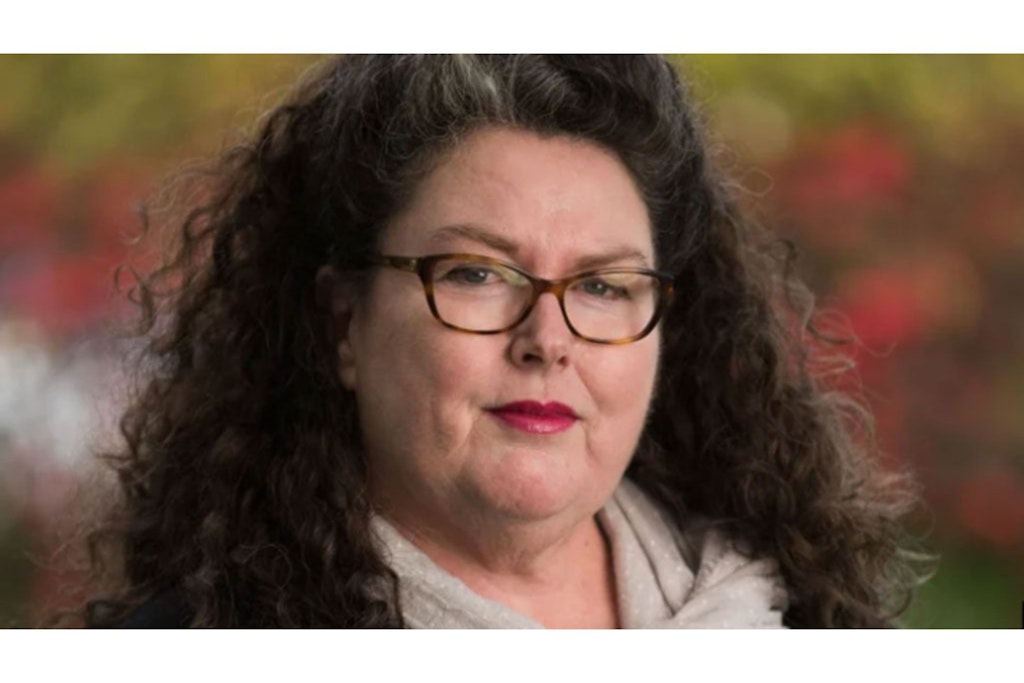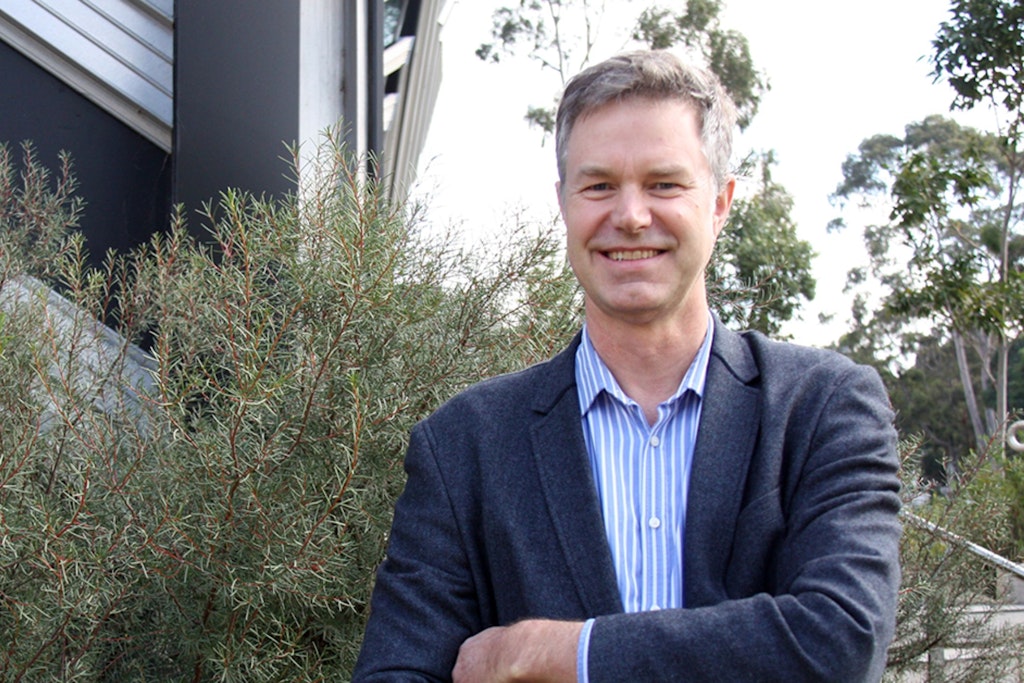Data-driven insights necessary for better continuity of care
Last updated on 1 December 2023

The need for real-time data and increased healthcare collaboration were focal points in the Continuity of Care Collaboration’s latest webinar that looked at the impact of the COVID-19 pandemic on routine healthcare and what it means for the future.
There is particular relevance for the aged care sector as delayed testing and screening for serious diseases could place an additional burden on the care economy in the coming years. Meanwhile, there’s scope for nurses in aged care settings to play an even greater role in resident healthcare.
The pandemic’s influence is still being felt
Professor Catherine Bennett, Deakin University, set the scene for the webinar, Improving continuity of care with data-driven insights, by looking at the pandemic’s influence on pathology testing and disease screening. She explained that testing and screening rates declined as lockdowns and positive COVID-19 cases prevented in-person healthcare access.
The first year of the pandemic, 2020, saw the sharpest decrease in testing and screening numbers, but Professor Bennett said some testing rates have not fully recovered.
“It’s not just about delayed testing. People in the community are reacting not just to the orders in place but also their expressions of concern about the virus and their own personal risk [to being exposed to it]. There’s a direct effect of the lockdown and rising infection rates,” Prof. Bennett explained.

Some testing and screening situations have seen sharp rises in 2023, including for prostate and cervical cancer screening. However, there are concerns about diabetes testing as data suggests current testing figures are lower than they should be.
“What we don’t know is whether this is occurring in patients with diagnosed diabetes and they’re well managed and less worried about going to the doctor or whether it’s the ones who are unwell, finding it hard to stabilise and are more worried about being at risk,” Prof. Bennett added.
Meanwhile, the number of elective surgeries that were delayed has also resulted in an uncomfortable rise in the number of patients presenting with advanced disease, including cancers or heart disease. Doctor Rob Grenfell, Chief Strategy & Regions, Grampians Health, said COVID-19’s impact has been all too clear across healthcare settings he oversees.
“Endocrinologists I’ve been speaking to are seeing people with more advanced disease or more poorly controlled disease. We have anecdotal evidence that people are presenting with more advanced cancers,” Dr Grenfell added.
“The head of our cath lab said people are coming in with advanced disease and what I’m really doing is palliative care because they haven’t been getting the screening that drives them into the system.”
As many of these patients receive aged care services or are likely to due to declining health, the pandemic’s influence continues to be felt in the sector.

Dr Nick Coatsworth, the former Deputy Chief Medical Officer, highlighted how the pandemic pushed many healthcare professionals into vaccination clinics and infection prevention and control to curb COVID-19’s influence. This placed a strain on the finite amount of resources available and to ensure we don’t fall behind again, real-time data surrounding the status of patients needs to be accessible.
“The best data is the data we can get at that time. If there’s anything that comes out of the pandemic it must be that data flows in near real-time for a lot of our disease states. We can argue ad nauseam about lockdowns and masks but none of it matters if we don’t actually have real-time data,” Dr Coatsworth said.
Wearable technology was one solution pitched by Dr Grenfell who also said there’s scope for people to better monitor their own diseases and conditions within their own residence. Combined with telehealth care and the support of aged care workers, this would reduce the need for in-person appointments when healthcare professionals are unable to visit or a patient is not well enough to travel to a clinic.
The workforce can be strengthened by breaking down the silos
The entire care economy is struggling with workforce shortages. Regional and rural healthcare settings all have limited resources while metropolitan areas are pushed to their limits with high demand. Breaking down the silos that separate healthcare and aged care, for example, is one option that would reduce the overall pressure.
Dr Coatsworth believes that upskilling and giving healthcare professionals such as GPs, pharmacists and nurses the ability to work to their full scope is a leading solution.
“The workforce is a key issue here. It won’t be solved by importing doctors and nurses from overseas… we have to see what we’re growing in Australia. It has to be across all different domains,” he explained.
“Doctors, nurses becoming nurse practitioners, pharmacists doing more. General Practitioners need to access things that traditionally they haven’t been able to do [that specialists can]. Everyone has to step up to another level.”
Dr Grenfell echoed those thoughts as he said there are too many barriers. For aged care, there could be a situation where more nurses have specialist training to attend to specific care needs, thus reducing the reliance on external specialists on a routine basis.